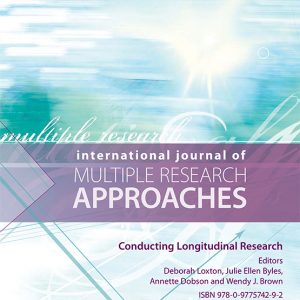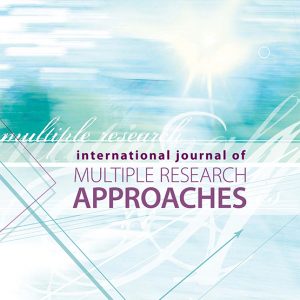1(1).7. Psychiatric nurses’ knowledge and attitudes towards the use of physical restraint on older patients in psychiatric wards
$30.00
Description
Psychiatric nurses’ knowledge and attitudes toward the use of physical restraint on older patients in psychiatric wards
WAI-TONG CHIEN
Associate Professor, The Nethersole School of Nursing, The Chinese University of Hong Kong, Hong Kong
SAR ISABELLA YM LEE
Ward Manager, Department of Geriatrics and Medicine, Tuen Mun Hospital, Hong Kong SAR
ABSTRACT
Background: There is still an ongoing debate concerning whether or not to use physical restraint with confused or frail older patients in various elderly care settings. Nurses’ views and attitudes toward the use of physical restraints in controlling patients’ behavior and ensuring patient safety may create conflicts with patients’ rights, including their autonomy in making decisions for their own care.
Aims of the study: The purposes of this study were to identify registered psychiatric nurses’ knowledge, attitudes and practice issues regarding the use of physical restraints in Hong Kong, and to examine the factors influencing nurses’ decisions to use restraints on their patients. The findings on the nurses’ knowledge, attitudes and practice issues were compared with those found in the USA.
Methods: This descriptive exploratory study was conducted in two psycho-geriatric wards of one of the two mental hospitals in Hong Kong, using a mixed research design. The study consisted of two phases: first, 42 registered psychiatric nurses completed a self-administered questionnaire to examine their practice, knowledge and attitudes towards restraint use; and second, data were collected from semi-structured interviews of 15 of them, from observations of their restraint practices, and from an examination of clinical records which were then content analyzed to explore what determined nurses’ decisions to use restraints on the older patients.
Results: Results from the questionnaires and semi-structured interviews indicated that about two-thirds of nurses believed that patients should be restrained for their own safety and to ensure treatment compliance, even if being restrained meant loss of dignity and was resisted by patients and/or their family members. Overall, the nurses in this study demonstrated only a modest level of knowledge of restraint use and slightly negative attitudes toward this practice. Four major themes relating to nurses’ decisions about restraint use were identified from the qualitative data, showing considerable similarities and thus confirming the quantitative findings.
These included attitudes towards the use of a safety measure and effective intervention for patients, insufficient consideration of alternative measures and/or adverse consequences, ethical dilemmas, and psychological reactions towards restraint use.
Conclusion: The mixed research methods and cross-cultural comparison of research findings used in this study reveals apparent relationships between psychiatric nurses’ knowledge, perceptions, attitudes, and practice issues concerning the application of physical restraints to older hospitalized patients in psychiatric care. The findings demonstrate that continuing education about restraint use is important for psychiatric nurses. Further research using an action research method to evaluate the effectiveness of educational interventions on nurses’ decisions regarding restraint use is recommended for improvement of nursing practice.
Keywords: physical restraint; knowledge; attitude; nursing practice; psychiatric nursing; elderly patients


